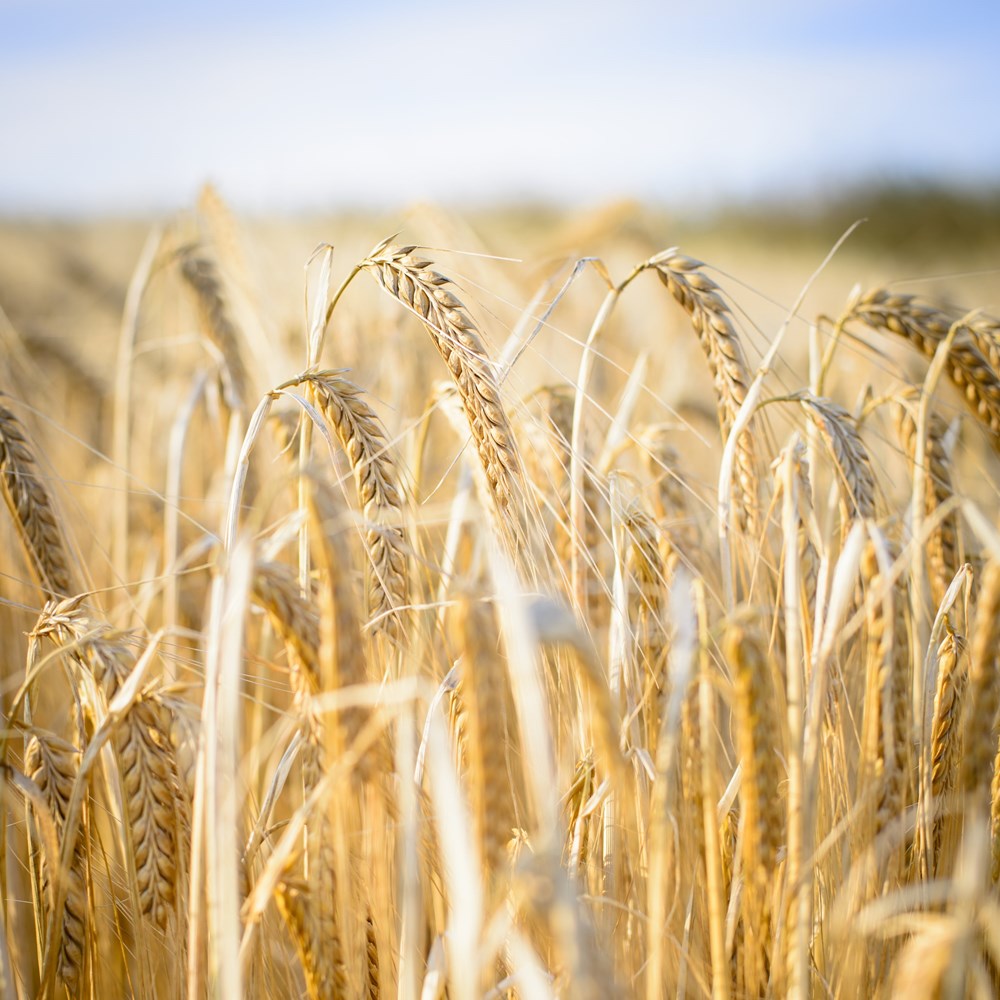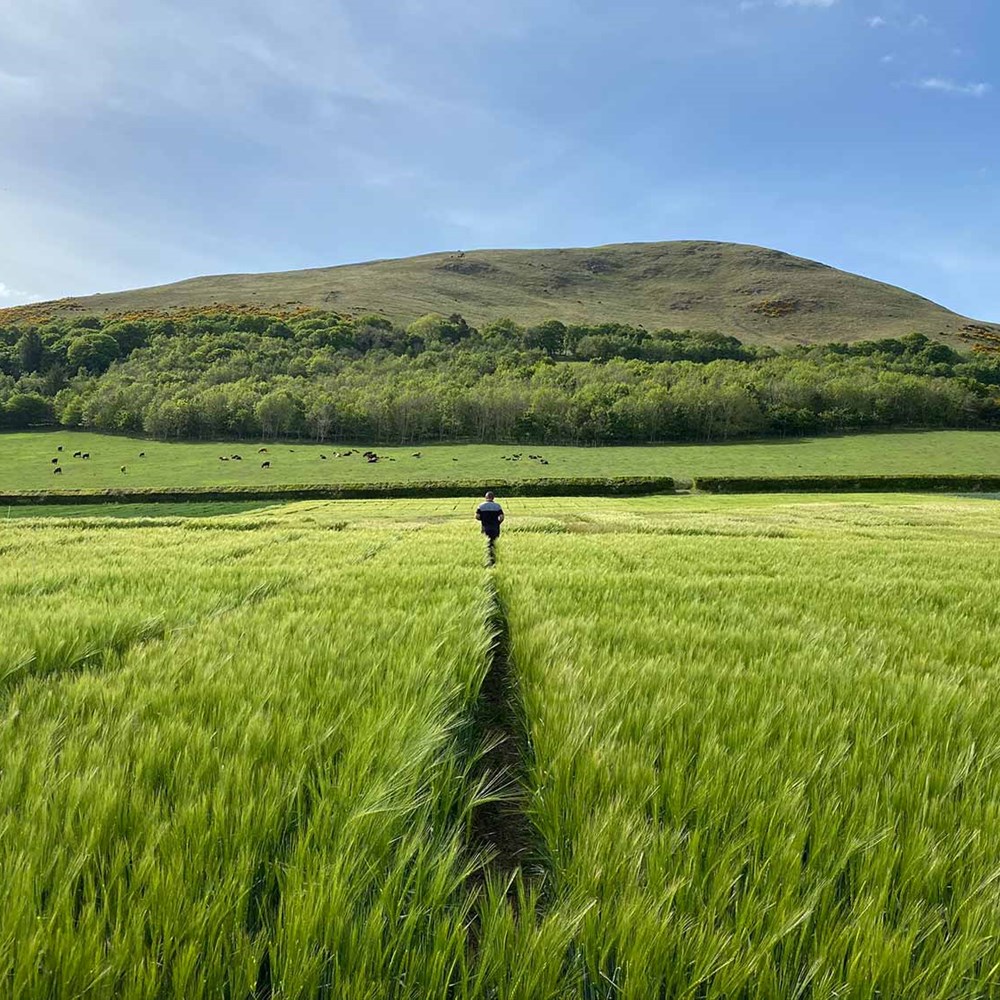Crop testing
Crop testing at this early stage can prove to be a cost effective management tool, indicating what if any, nutrient sprays are required.

Historically plants were tested only as a means of diagnosing the cause of poor growth or to determine the reason behind observed visual symptoms. However, these visual symptoms rarely show before the 3-leaf stage.
Plant nutrient analysis can be used as a tool to assess additional fertiliser requirements (especially for minor nutrients) and can be carried out as soon as there is sufficient plant material to sample. Crop analysis at this early stage can prove to be a cost effective management tool, indicating what if any, nutrient sprays are required. This means appropriate fertilisers and sprays can be applied before the plants start to suffer.
Crop analysis can be used to determine the cause of some plant or animal disorders and can also be used to determine the chemical content of barley grain for use in malting.
View full test list.
How to take a plant sample
The results of any plant analysis are only as good as the samples taken. Correct plant samples takes time, but following the guidelines detailed here will ensure that this time is not wasted. To take a plant sample you will need:
-
Grass clippers/shears
-
A clean bucket
-
Sampling bags and a waterproof marker pen
Detailed sampling guidelines
Historically plants were tested only as a means of diagnosing the cause of poor growth or determine the reason behind observed visual symptoms – e.g. yellowing of the leaves, “floppy” growth.
However, these visual symptoms rarely show before the three-leaf stage. Plant nutrient analysis can be used as a tool to assess additional fertilizer requirements (especially for minor nutrients) and can be carried out as soon as there is sufficient plant material to sample.
This means appropriate fertilizers and nutrient sprays can be applied before the plants start to suffer. The lab requires a minimum of 30g plant tissue for our plant mineral package. For samples requiring fibre analysis we would suggest at least 150g of material.
Walk through the crop using a “W” pattern taking multiple samples throughout the field. Avoid taking samples near gateways.
Please remember to send a copy of your registration details and analysis requirements when you submit samples to the laboratory.
Avoid:
- Taking samples near gateways
Find out more about our services

SAC Consulting
Our consultants in 25 offices across Scotland and northern England turn research into advice and advantage for business and public sector alike.


Vet & laboratory services
Our leading experts provide support to clients in areas animal disease, diagnosis and surveillance.
